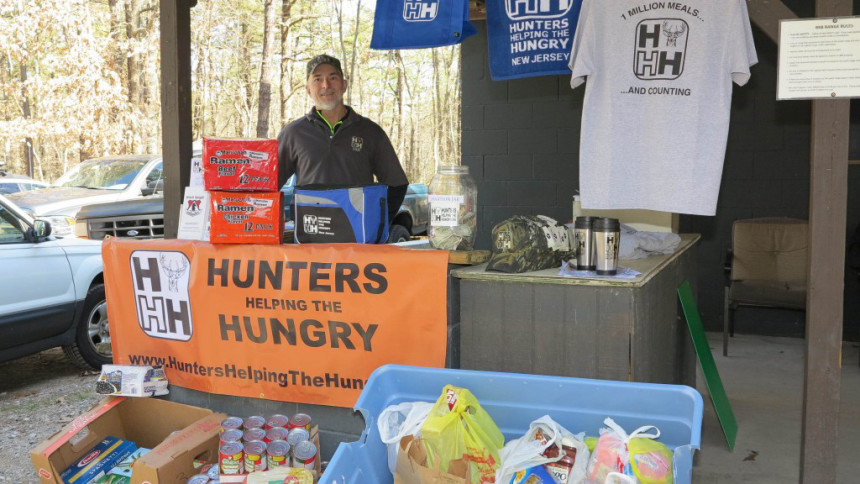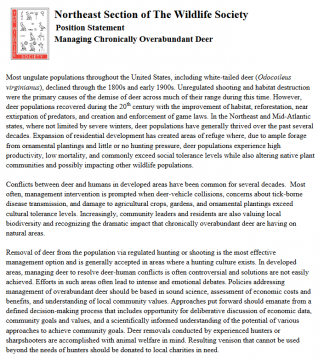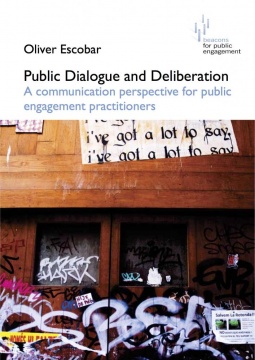Involving stakeholders is worth the investment
Community members who give input to a process that is fair, representative, and inclusive are far more likely to accept and support decisions about deer management.
Choose a level of effort that works for your community
The right level of effort will vary depending on your community's situation. For example, when defining the problem, community leaders may consult with just a few key people in affected neighborhoods. At the other extreme, a community might invest substantial resources to acquire detailed community-wide insights about stakeholder beliefs and attitudes—such as a formal survey.
Stakeholder engagement benefits all four phases of CBDM
-
Problem Definition: Stakeholder involvement helps community leaders characterize deer-related impacts and understand the range of viewpoints, some of which may be conflicting.
-
Decision-making: Be sure to provide opportunities for face-to-face discussion and two-way communication with stakeholders, who can give input on pros and cons of different deer management options.
-
Implementation: Stakeholder engagement benefits this phase by building positive working relationships between residents, community leaders, and wildlife professionals--and can include activities such as serving on a community's deer community, spreading the word about a deer feeding ban, or even participating in a community hunt.
-
Evaluation and Adaptation: Engage stakeholders through surveys, online forms, or citizen monitoring as part of assessing how well your deer management program is working.




